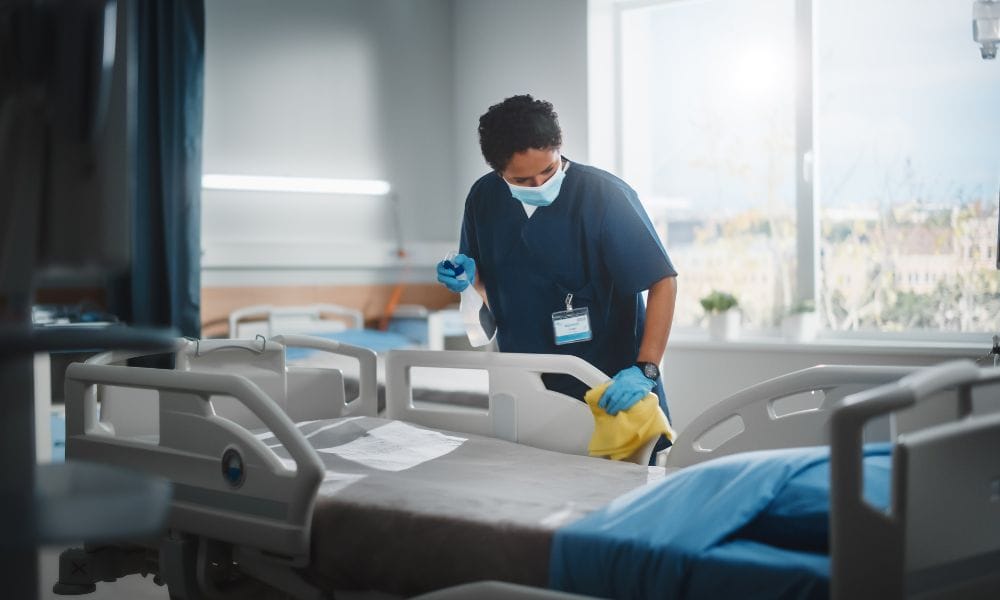Hospitals are sanctuaries of hope and healing, and maintaining their cleanliness is crucial. The cleanliness of patient rooms, in particular, is essential for controlling the spread of infections and ensuring patient safety. Explore this practical approach to cleaning and sanitizing patient rooms in hospitals that honors hygiene without sacrificing efficiency.
Establish a Clear and Consistent Cleaning Protocol
The first step in ensuring clean and sanitized patient rooms is to establish a clear, standardized cleaning protocol. A thorough protocol should include specific guidelines for routine cleaning, deep cleaning, and sanitization procedures. Train all staff members involved in the cleaning process to follow these protocols to ensure uniformity in the methods and execution. Moreover, communication and coordination between nurses, doctors, and cleaning staff are also crucial for maintaining consistent cleanliness standards.
Use Appropriate Cleaning Supplies and Tools
Selecting the appropriate cleaning supplies and tools for the task at hand is essential to achieving the desired level of cleanliness and sanitization. Choose hospital-grade disinfectants that will eliminate harmful bacteria and viruses. Consider using color-coded microfiber cloths and mop heads to prevent cross-contamination between different areas of the patient room, such as bedrails, tray tables, and medical equipment. Additionally, invest in high-quality vacuum cleaners with HEPA filters to capture airborne contaminants effectively.
Pay Attention to High-Touch Surfaces and Objects
When it comes to cleaning and sanitizing patient rooms in hospitals, high-touch surfaces and objects require special attention. These areas, which patients, visitors, and healthcare workers frequently touch, include bedrails, door handles, light switches, and faucet handles. Regular cleaning combined with the use of hospital-grade disinfectants is critical for preventing the spread of pathogens and keeping patient rooms as germ-free as possible.
Floors are also considered high-touch surfaces. That’s why patient rooms are some of the best areas in a hospital for floor mats. Floor mats can help reduce the spread of contaminants and provide a cleaner surface for staff and patients to walk on. Consider placing floor mats at key entry points to patient rooms and replacing or cleaning them regularly to ensure optimal facility cleanliness.
Maintaining the cleanliness and sanitation of patient rooms in hospitals maximizes the health and safety of both patients and staff. By following these guidelines, hospitals can provide a safe and nurturing space for patients who are on their journey to recovery.








